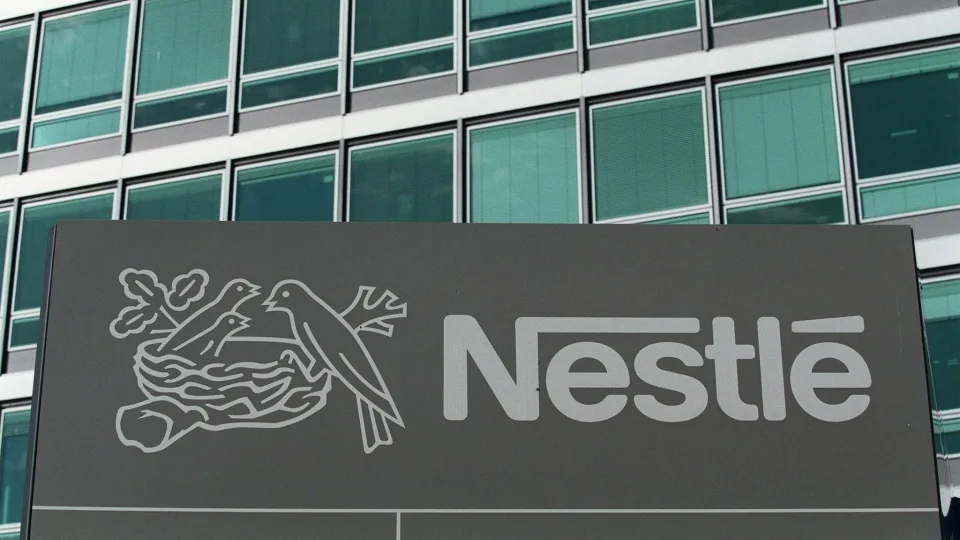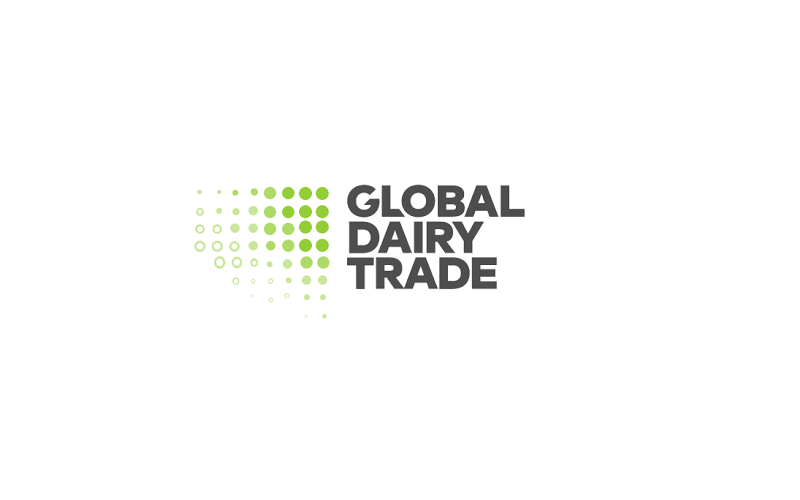A Bitter Pause: Nestlé Shutters Argentine Factory Amid Economic Strains (UPD)

A Tactical Shutdown or a Strategic Retrenchment?
Officially, Nestlé frames the decision as a necessary step to manage stock levels, emphasizing that the shutdown will coincide with planned maintenance, originally scheduled for July. But the Sindicato de Trabajadores de la Industria de la Alimentación (STIA), Argentina's food industry union, sees it differently. The closure, they argue, is an imposition rather than a consensus-driven measure.
“They’re dictating terms without worker input, sidelining internal vacation request protocols,” said Fernando Martín Páez, STIA’s secretary in Villa María. He contends that rather than shuttering the factory, Nestlé could mitigate overstock issues through discount pricing or alternative sales strategies.
The timing of the shutdown raises further questions. If maintenance was initially scheduled for mid-year, why the abrupt rescheduling? Is this a precursor to deeper restructuring? Nestlé insists the move is temporary, yet workers remain unconvinced.
Economic Pressures and Corporate Realignments
Nestlé’s decision comes against the backdrop of a challenging economic landscape in Argentina. Inflation continues to erode consumer purchasing power, and domestic dairy sales have plummeted. According to INDEC, Argentina’s national statistics agency, dairy consumption in 2024 declined by 28.8% in real terms by November. Even with signs of a modest recovery—with food and beverage sales rising 32.5% year-on-year in January 2025—the domestic market remains volatile.
Complicating matters further is Nestlé’s simultaneous expansion in Mexico. The company has committed $1 billion to enhance production across its facilities in Veracruz, Guanajuato, Querétaro, and the State of Mexico. This investment aims to bolster export capabilities, particularly for the North American market, suggesting a potential long-term reallocation of resources away from struggling economies like Argentina.
The Villa Nueva plant, recognized as the third-largest producer of ultra-high temperature (UHT) infant formula in the Nestlé portfolio, has long been a strategic asset. With over 70 years of history and three decades in its current location, its temporary closure raises concerns about the facility’s future. If Argentina’s dairy sector continues to shrink, could Nestlé consider a more permanent scale-down?
Worker Anxiety and Corporate Responsibility
While the company has assured employees that no layoffs are planned, the decision has already unsettled workers. “This method sows fear and instability among employees,” Páez warns. Labor unions are calling for dialogue, seeking guarantees that similar unilateral actions will not recur. For a company that champions corporate social responsibility, balancing the bottom line with workforce security will be crucial.
Nestlé's Argentine shutdown highlights a broader reality of modern corporate decision-making: in an era of global supply chain optimization, local employees often bear the brunt of efficiency-driven restructuring. As workers brace for an uncertain future, Nestlé's leadership will need to decide whether its commitment to Argentina is a temporary pause—or the beginning of a longer retreat.











